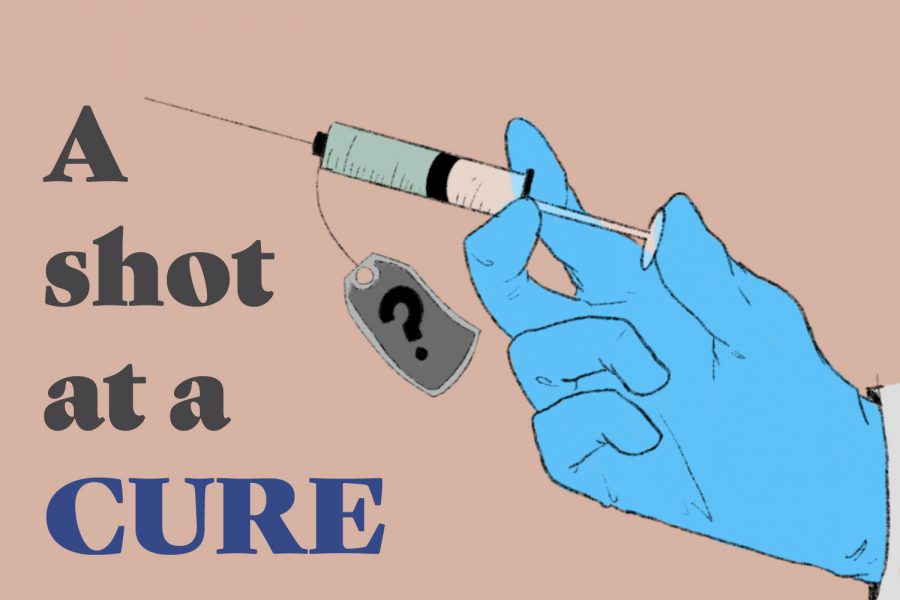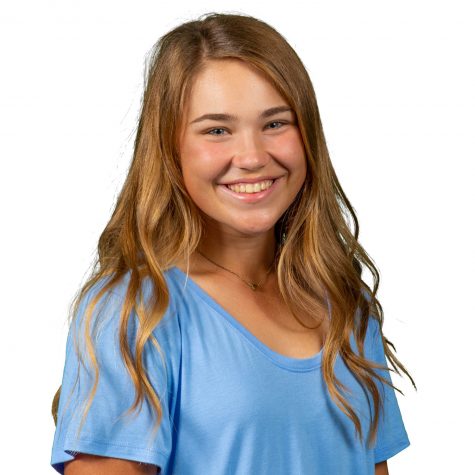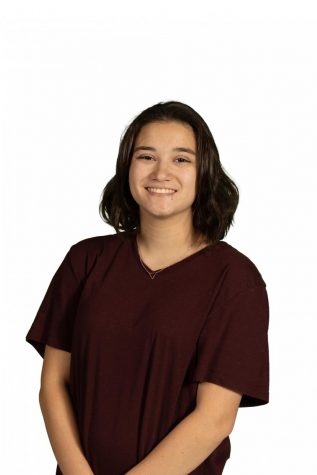A shot at a cure
Photo by Allyson Smith
California resident Tiffany Esquino, however, recognized and took the opportunity to help make a difference by volunteering to participate in the Moderna vaccine trial, a study to eradicate the coronavirus.
December 1, 2020
Control is something many have lost in 2020. With COVID-19 infecting approximately 11 million people in the U.S., it seems there is nothing citizens can do about it. California resident Tiffany Esquino, however, recognized and took the opportunity to help make a difference by volunteering to participate in the Moderna vaccine trial, a study to eradicate the coronavirus.
“I really feel strongly that we need something to get us out of this COVID era that we’re living in,” Esquino said. “I am doing my part to help protect those who are vulnerable, or who can’t participate in trials because they’re immune compromised.”
Esquino registered for the trial because of her daughters’ inability to social distance due to their involvement in athletics and because her husband, who is an airline pilot, is exposed everyday. She explained that this trial has given her a sense of security because of her family’s higher probability of being exposed.
“I was only slightly concerned when I didn’t have a lot of background about [the Moderna vaccine], but the science is just miraculous because you’ve got these incredibly intelligent people who are using their God-given gifts to find cures,” Esquino said.
The Moderna vaccine includes new technology that serves as an instruction manual for cells in the event that they encounter the virus. By not injecting a live virus into their participants, the Moderna trial was able to produce a vaccine more quickly.
“This one is not a live virus, which is really great,” Esquino said. “The fact that they’re not using a live virus actually allows them to go faster but not cutting corners.”
The trial includes three phases. Phase one, beginning on March 16, included 45 participants and consisted of an injection of three levels of the vaccine: low dose, medium dose and high dose. The goal was safety, and researchers found that participants who were administered the higher dose experienced severe reactions.
Following the first phase, a second safety phase was conducted. Phase two began on April 27 and included 600 participants. Then, beginning on July 27, Moderna launched the phase three COVE study, the phase Esquino is a part of. It includes 30,000 participants who are administered one of two injections, either an injection of the placebo or the vaccine, which is randomized. After her first injection, Esquino listed her only side effects as a sore injection site. She also added the trial required her to wait 30 minutes before returning to her day.
“They hold you and have an EMT on site. Since it’s a clinical trial, they want to make sure there aren’t any adverse reactions,” Esquino said. “It’s a little unnerving because you’re sitting there and wondering, ‘Am I going to have a reaction to it?’”
To keep the results strictly based on the numbers, the phase three COVE study was double-blind, meaning neither the doctors nor the patients knew which shot they would be administered.
“[They do double-blind] because then there’s no bias,” Esquino said. “They want the outcome to be strictly on the numbers and not have any influence from physicians or participants.”
Being a part of phase three also requires Esquino to fill out a health log and participate in calls involving someone asking her health-related questions. She described there was a time where she began to feel sick and after two days, felt fine, but was still required to call into the Moderna study to alert them of her experience.
“I do [a health questionnaire] after each injection,” Esquino said. “I have a health diary that I fill out with side effects symptoms, if my health has changed.”
Once the Moderna Trial gets federal Food and Drug Administration approval, the trial will be unblinded, per Esquino. The Trump administration said in the case that permission is granted for emergency use, immunization could begin in December.
“[I think] they’ll get emergency FDA approval probably before Christmas,” Esquino said. “Then, they will let the people in the placebo groups know that they did indeed get the placebo shot and those folks will actually be first in line to get the real vaccine.”
New studies have recently come out regarding the effectiveness of the Moderna vaccine, and the results are astonishing. Ninety-five of the trial participants tested positive for coronavirus, 90 of them were placebo receivers, and five were administered the vaccine. The further studies released prompted Moderna to announce on Nov. 16 that their vaccine to be approximately 94.5% effective.
“The flu vaccine protects you to 40 to 50%, and [Moderna] is protecting people 90%,” Esquino said. “We could potentially eradicate COVID.”
With these results, the end of the pandemic seems to be on the edge of the horizon. The US government will potentially buy and distribute the vaccines for free, making the possibility of resuming normal, mask-free lives more likely.
“This vaccine, with its effectiveness, makes me so optimistic for our future,” Esquino said. “I am so thankful I was able to participate in helping Americans get their lives back to normal. Something so easy could save your life and those you love.”
















